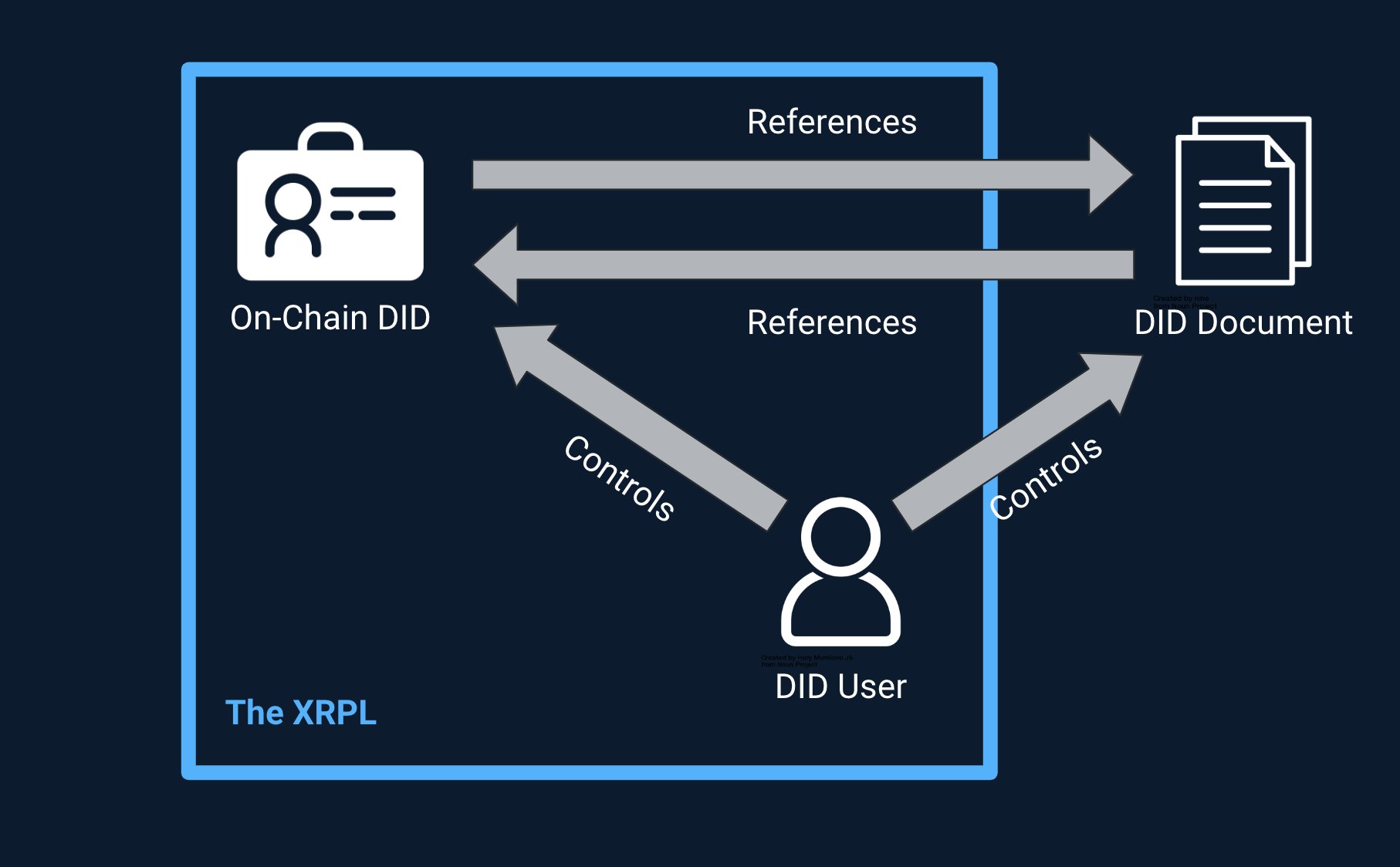- Decentralized Identifiers (DIDs) are now live on the XRP Ledger (XRPL), following the activation of the XLS-40 DID amendment.
- The DIDs were deployed in accordance with the global W3C standards and have put in measures to ensure that malicious third parties can’t forge them.
The XRP community has been eagerly awaiting the introduction of Decentralized Identifiers (DIDs) in the network since they were teased earlier this year. As we reported, users of the XRP Ledger (XRPL) were excited about the prospect of secure digital identity on the network. DIDs are now a reality on XRPL after the activation of the XLS-40 DID amendment.
Mayuka Vadari, a senior software engineer at RippleX, the Ripple-associated entity that promotes the growth and adoption of XRPL among businesses and developers, revealed the launch of DIDs this week.
The #XRPL DID amendment goes live today! DIDs (Decentralized Identifiers) in web3 can be pretty confusing, when looking into how they work. Here’s an explainer for XLS-40 and DID on the #XRPL!🧵👇
— Mayukha Vadari (@msvadari) October 30, 2024
As Vadari broke it down, a DID is the digital equivalent of a fingerprint; while it doesn’t have much use on its own, it allows people to identify themselves and consequently, access a diverse set of applications. XRPL’s DIDs adhere to the standards set by the World Wide Web Consortium (W3C), which demands that all DIDs must be “persistent, globally resolvable, cryptographically verifiable, and decentralized, and are designed to be compatible with any distributed ledger or network.
A Brief on How XRPL DIDs Work:
- An XRPL user generates the DID, which is controlled by the linked account.
- This DID is associated with a DID document that contains the necessary information to cryptographically verify the user’s identity.
- To use the DID, the user must combine it with a cryptographically secured verifiable credential (VC).
- The two are resolved by a verifier to prove authenticity.
XRP Ledger (XRPL) DIDs Are Finally Here
While Vadari wrote the code for the DIDs, Aanchal Malhotra, the head of research at RippleX, set out the specifications. Explaining how the DIDs work, Malhotra stated:
A DID is represented on-chain via a series of two-way links (bidirectional pointers). The user creates a DID document and links to it in their on-chain DID object on the XRPL. The DID document also refers to the on-chain DID object, so there’s no way for someone else to forge your identity. In other words, the document says your account is part of its identity, and the account says that the document is its identity.
One of the most important facets of the DID is its bidirectional nature, which links the DID document and the on-chain DID object. This prevents malicious parties from forging a user’s DID; as Malhotra explained, such an attempt wouldn’t work as “their document won’t point back to your identity, so it won’t be valid.”
However, while a third party can’t forge a DID, a user can create as many DIDs as they wish if they link each to a valid DID document. While this may appear as a bug, Malhotra says it’s a feature. She likened it to how social media platforms allow users to open multiple user accounts or how a bank would not limit how many accounts a client can open.
XRP trades at $0.5218 and has been caught in a tight range over the past day, where it has only improved by 2%.



